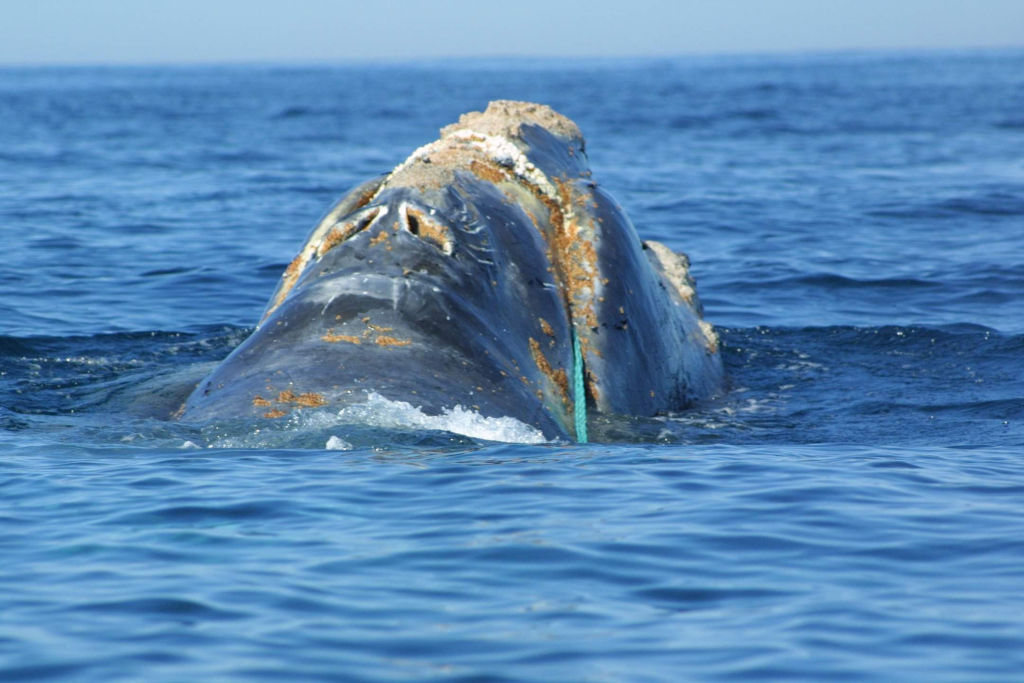Communist China has outstripped mainland Europe in terms of offshore wind production, an international report has found.
Penned by the Global Wind Energy Council (GWEC), the report reveals that China’s increased investment in the sector led to it outpacing Europe for the first time in 2022. The country is responsible for around 49 per cent of the electricity produced by offshore wind worldwide.
By contrast, Europe’s slowing wind industry produced 47 per cent globally.
Rebecca Williams, the GWEC’s head of global offshore wind, noted that the continent was facing “acute growing pains”, including “inflation, increased capital cost and the supply-chain crunch”.
An over-reliance on Chinese technological exports also appears to be contributing to problems, with Williams warning that trade restrictions on the Communist nation “risk delaying the global energy transition”.
The International Energy Agency’s latest report predicts global oil demand to expand by 2.2 million barrels per day in 2023, with China alone contributing to more than 70 per cent of that increase. https://t.co/abDuwmgeMD
— Brussels Signal (@brusselssignal) August 14, 2023
European regulation has also been blamed for a lack of development in the sector, with the senior GWEC representative claiming that multiple projects within the bloc have been “delayed or indefinitely stalled by inadequate and inefficient permitting and licensing rules”.
These factors “have created uncertainty and have forced developers to review the viability of their projects, in some cases even to stop developing,” she said.
Overall, the organisation predicts that Europe will not be able to outpace China in terms of offshore wind-energy generation anytime within the next 10 years, although “green” zealotry within both the European Union and the UK could see it retake the crown sometime after 2030.
The revelation coincides with a recent International Energy Agency report that predicts the world’s demand for oil will continue to rise in 2023.
Consumption is expected to see an average increase of 2.2 million barrels per day, with 70 per cent of that demand set to come from China.
Such an increase is likely to coincide with a rise in prices worldwide, with exporters such as Russia likely to reap the benefits.
China’s energy policies are determined by strategic considerations about a potential war with the United States, and not the challenge of climate change as many would like to believe, writes @Raphfel. https://t.co/8cmYG6XYSv
— Brussels Signal (@brusselssignal) August 16, 2023





